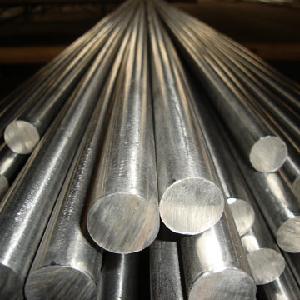Introduction
4140 is a Chromium-Molybdenum through-hardening steel of medium hardenability. It is a general purpose high-tensile steel with medium strength level and good impact properties
Related Specifications
Grade AS1444 Grade 4140
ASTM A434 (A29) Grade 414
Euronorm EN 10083 grade 42CrMo4 (Material Number 1.7225/17227).
Chemical Composition
C Si Mn P S Cr Mo
0.37-0.44 0.10-0.35 0.65-1.10 ≤ 0.040 ≤ 0.040 0.75-1.20 0.15-0.30
Mechanical Properties
4140 is supplied in the hardened and tempered condition. The level of hardness is selected to give useful strength while still maintaining the ability to machine the material into finished components.
4140 can be re-heat-treated to higher strength or tempered back to lower strength levels than those supplied as standard. Assistance with heat treatment should be sought from reputable heat treatment companies.
Product: Atlas4140.pdf

